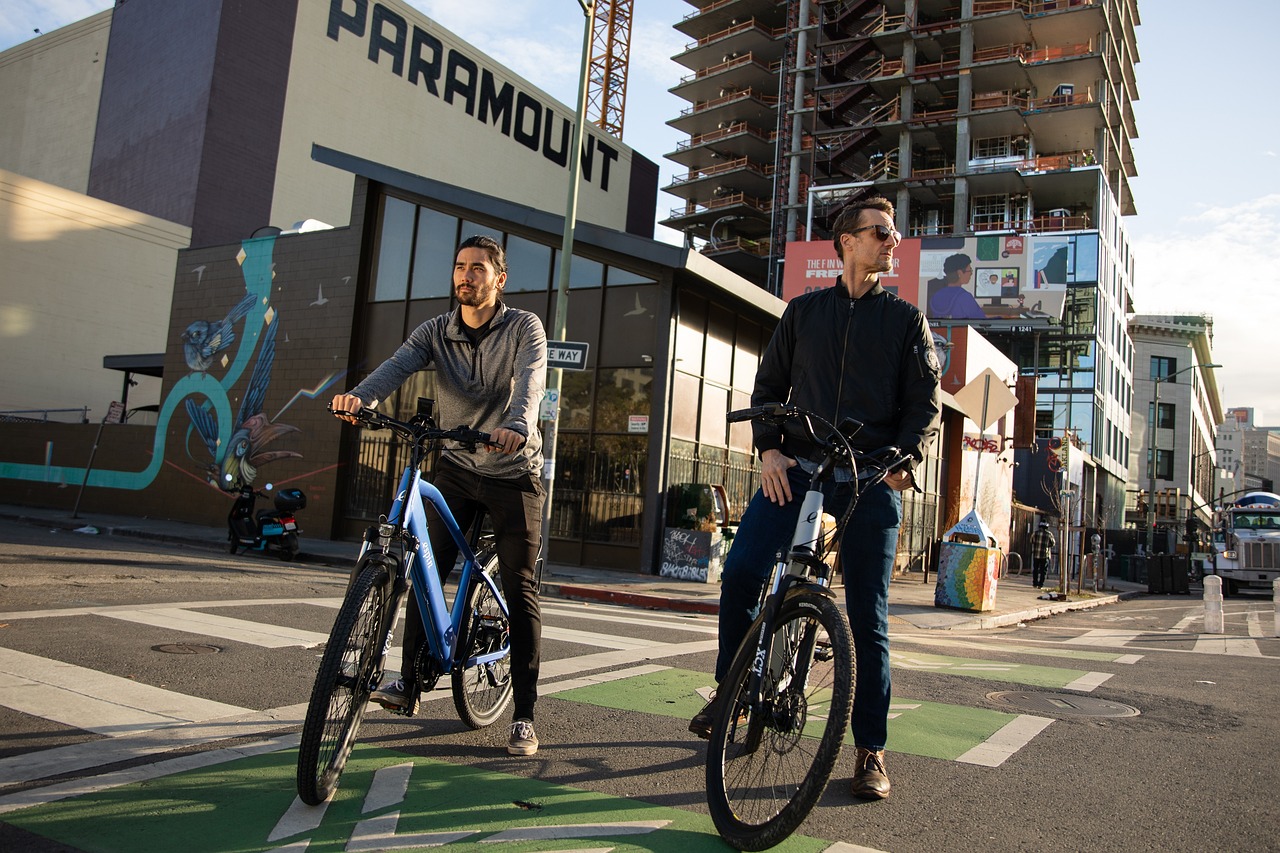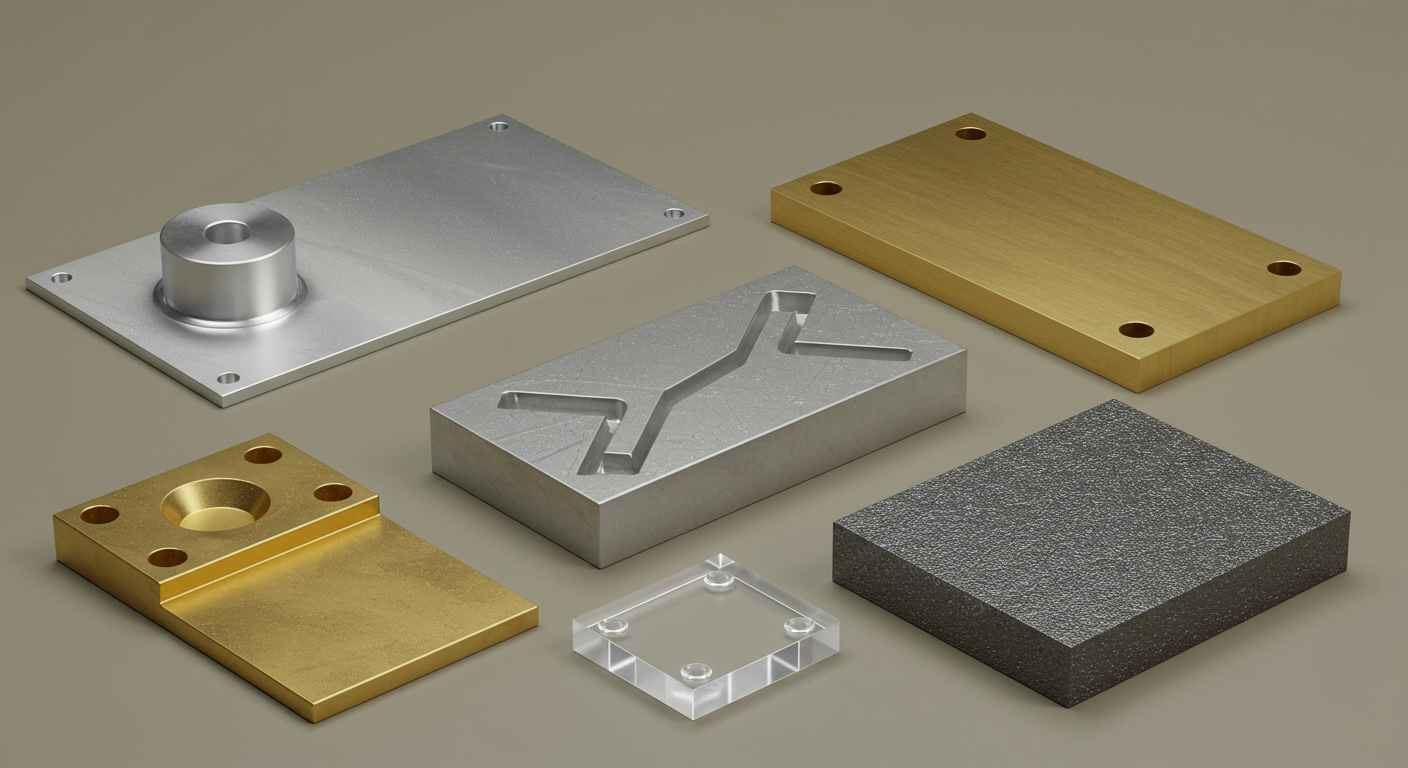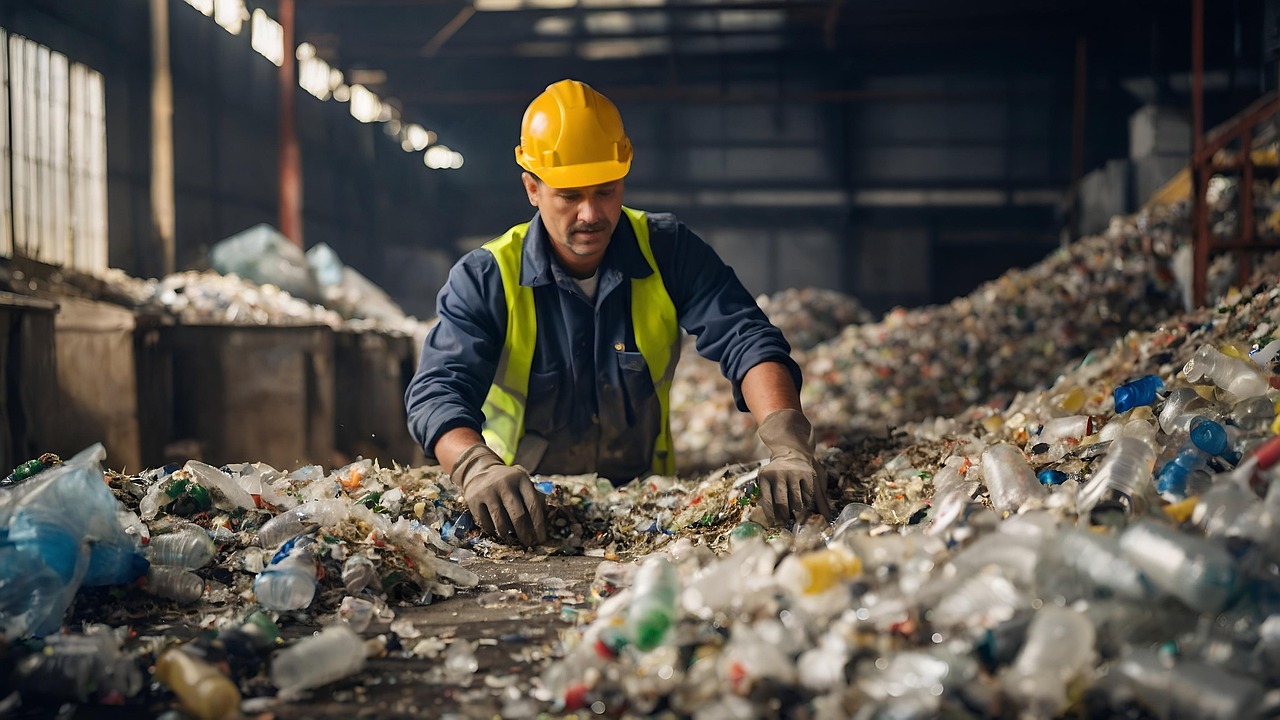How Flashlight Manufacturers Are Responding to the Demand for Eco-Friendly Products

You have the power to make a difference with the choices you make, even when it comes to something as simple as a flashlight. Manufacturers are stepping up to meet your demand for eco-friendly products by embracing sustainable practices. They’re using renewable materials like recycled plastics and bamboo-derived components to reduce their environmental footprint. This shift not only minimizes waste but also promotes environmental sustainability. Every eco-friendly flashlight you choose helps reduce the 180,000 tons of batteries that end up in landfills annually. By opting for these innovative solutions, you’re contributing to a healthier environment while enjoying reliable, high-quality lighting.
Key Takeaways
Pick eco-friendly flashlights made from recycled plastic to cut waste.
Use LED flashlights for brighter light and 80% energy savings.
Choose rechargeable batteries to save money and reduce trash.
Try solar-powered flashlights that use sunlight instead of batteries.
Join recycling programs to reuse old flashlights and save materials.
Sustainable Materials in Flashlights

Recycled Plastics
You might not realize it, but the plastic waste you recycle can find new life in flashlights. Manufacturers are now using recycled plastics to create durable and eco-friendly products. Common materials include:
ABS (Acrylonitrile Butadiene Styrene): This plastic is lightweight and easy to mold, making it perfect for flashlight casings.
HDPE (High-Density Polyethylene): Known for its strength and versatility, this material ensures your flashlight can withstand tough conditions.
By choosing flashlights made from recycled plastics, you help reduce the demand for virgin materials. This small step contributes to sustainability and keeps plastic waste out of landfills.
Biodegradable Components
Imagine a flashlight that doesn’t harm the planet even after its life ends. Some manufacturers are now incorporating biodegradable components into their designs. These materials break down naturally, leaving no harmful residue behind. For example, bio-based polymers are gaining popularity as an alternative to traditional plastics. They offer the same durability and performance but decompose more easily. When you opt for flashlights with biodegradable parts, you support a cleaner, greener future.
Renewable Resources
Flashlights made from renewable resources are changing the game. Manufacturers are turning to materials like bamboo-derived components and bio-based polymers to reduce environmental impact. Bamboo grows quickly and requires minimal resources, making it an excellent choice for flashlight production. Additionally, solar-powered flashlights are a shining example of innovative technology. These devices use photovoltaic cells to harness sunlight, providing renewable energy options that eliminate the need for disposable batteries. By choosing these flashlights, you embrace renewable energy options and help reduce reliance on non-renewable resources.
Every eco-friendly flashlight you choose is a step toward a more sustainable world. Together, we can make a difference by supporting products that prioritize sustainability and innovative technology.
Energy Efficiency in Flashlights
Energy efficiency is a game-changer in modern flashlights. By embracing innovative technologies, manufacturers are creating products that not only save energy but also reduce environmental impact. Let’s explore how advancements in LED technology, rechargeable batteries, and solar-powered flashlights are transforming the way you light up your world.
LED Technology
LED technology has revolutionized flashlights by offering unmatched energy efficiency. Unlike traditional incandescent bulbs, LEDs convert most of their energy into visible light rather than heat. This means you get brighter light while consuming significantly less power. For example, LEDs can save up to 80% more energy compared to incandescent bulbs. This efficiency not only lowers electricity costs but also reduces your carbon footprint.
LEDs are also incredibly durable. They last much longer than traditional bulbs, which means fewer replacements and less waste. By choosing flashlights with LED technology, you’re investing in a sustainable power solution that benefits both you and the planet.
Rechargeable Batteries
Rechargeable batteries are another key innovation in energy-efficient flashlights. These batteries offer several advantages over disposable ones. They can be recharged hundreds of times, reducing waste and saving you money in the long run. Modern rechargeable lithium-ion batteries are particularly efficient, providing longer runtimes and faster charging.
Many flashlights now feature USB charging ports, making it easy to recharge them with common cables. Some even include smart features like battery level indicators and adjustable lighting modes. By switching to rechargeable batteries, you’re not only reducing waste but also enjoying the convenience of advanced technology.
Solar-Powered Flashlights
Solar-powered flashlights take energy efficiency to the next level by harnessing the power of the sun. These flashlights use photovoltaic cells to convert sunlight into energy, eliminating the need for disposable batteries. They are cost-effective, reliable, and sustainable.
However, solar-powered flashlights do have some limitations. They depend on sunlight for charging, which might not be ideal in dark or cloudy conditions. Despite this, their benefits far outweigh their drawbacks. By choosing solar-powered flashlights, you’re supporting a cleaner, greener future.
Energy-efficient flashlights are more than just a tool—they’re a step toward a sustainable lifestyle. Whether you choose LED technology, rechargeable batteries, or solar-powered options, you’re making a positive impact on the environment.
Recycling and Circular Models

Recycling Programs
Recycling programs are transforming how you dispose of old flashlights. Manufacturers are now offering take-back initiatives to ensure proper recycling of used products. These programs collect flashlights and recover valuable materials like metals and plastics. By participating, you help reduce waste and conserve resources.
Some companies even partner with local recycling centers to make it easier for you to recycle. Drop-off points are becoming more accessible, allowing you to contribute to a cleaner environment. When you recycle your flashlight, you’re not just discarding an item—you’re giving it a second life.
Circular Production Models
Circular production models are reshaping the flashlight industry. These models focus on reusing, repairing, and recycling components to minimize waste. For example, some manufacturers design flashlights with replaceable parts, making repairs simple and extending the product’s lifespan.
Evidence Description | Impact on Sustainability |
|---|---|
Circular economy practices like sharing, leasing, reusing, repairing, and recycling | Minimize waste and retain value |
3D-printed luminaires have a 75% lower carbon footprint than conventional metal luminaires | Significant reduction in carbon emissions |
Circular components are made of recyclable parts and designed for easy replacement | Enhances sustainability through durability and recyclability |
By choosing flashlights made with circular production methods, you support sustainable production methods that reduce environmental impact. Every decision you make helps create a more sustainable future.
Environmental Partnerships
Environmental partnerships play a vital role in promoting recycling initiatives for flashlights. These collaborations bring together manufacturers, governments, and organizations to tackle e-waste.
They establish collection points for used flashlights and other electronic waste.
They ensure proper disposal and recycling of materials.
They raise awareness about the importance of recycling and its impact on the environment.
For instance, the Correct Disposal Institute, in partnership with the Municipal Department of the Environment, has collected 17 tons of e-waste through their programs. By supporting these partnerships, you contribute to a circular economy and help reduce the environmental impact of discarded flashlights.
Recycling and circular models are more than just concepts—they’re actions you can take to protect the planet. By recycling your flashlight and choosing products made with sustainable production methods, you’re making a difference.
Challenges and Opportunities in Eco-Friendly Flashlights
Cost and Affordability
Eco-friendly flashlights often come with higher price tags, but understanding the reasons behind this can help you appreciate their value. The manufacturing costs for sustainable components, like supercapacitors, are higher due to the expensive materials and processes involved. Transportation costs also add to the expense, especially when shipping products internationally. While these flashlights last longer and reduce disposal costs, the initial investment can still feel significant.
However, the long-term benefits outweigh the upfront costs. Rechargeable batteries and durable materials mean fewer replacements, saving you money over time. By choosing these modern flashlights, you’re not just buying a product—you’re investing in a sustainable future.
Consumer Awareness
Your choices as a consumer play a crucial role in shaping the flashlight market. Many people still lack awareness about the environmental impact of traditional flashlights and the benefits of eco-friendly alternatives. This gap in knowledge slows the adoption of sustainable products.
You can make a difference by educating yourself and others about the advantages of eco-friendly flashlights. Look for products made from recycled plastics or equipped with energy-efficient LEDs. By spreading the word, you inspire others to join the movement toward sustainability. Together, we can drive market dynamics and consumer trends in the right direction.
Innovation and Market Growth
The flashlight industry is buzzing with innovation, offering exciting opportunities for growth. Rechargeable batteries eliminate the need for disposables, reducing waste and conserving resources. Energy-efficient LEDs provide brighter, longer-lasting light while minimizing environmental impact. Modern flashlights now include smart features like power banks and Bluetooth controls, enhancing convenience.
The flashlight market is also embracing sustainable materials like bio-based polymers and recycled plastics. These trends are driving a shift toward eco-friendly solutions. With a projected compound annual growth rate of 6.43% from 2024 to 2031, the market is expected to reach $15.54 billion by 2031. Your support for these innovations fuels this growth and helps create a brighter, greener future.
🌟 By choosing eco-friendly flashlights, you’re not just lighting your path—you’re illuminating the way for a sustainable tomorrow.
Flashlight manufacturers are paving the way for a brighter and greener future. By using sustainable materials like recycled plastics, bio-based polymers, and bamboo-derived components, they are reducing the ecological footprint of production. These efforts not only promote responsible manufacturing but also enhance the durability and longevity of flashlights. Energy-efficient designs, such as rechargeable batteries and LEDs, further minimize waste and energy consumption.
Your choices play a vital role in shaping the future of flashlight technology. Supporting eco-friendly products drives innovation and encourages manufacturers to adopt sustainable practices. While challenges like cost and consumer awareness remain, the opportunities for growth and environmental impact are immense. Together, we can illuminate a sustainable future for generations to come.
🌱 Every eco-friendly flashlight you choose is a step toward a cleaner planet. Let’s light the way to a better tomorrow.
FAQ
What makes eco-friendly flashlights better for the environment?
Eco-friendly flashlights use sustainable materials, energy-efficient LEDs, and rechargeable batteries. These features reduce waste and energy consumption. By choosing them, you help lower the demand for non-renewable resources and minimize landfill waste. 🌱 Every choice you make contributes to a healthier planet.
Are solar-powered flashlights reliable in all conditions?
Solar-powered flashlights work best in sunny conditions. However, many models include backup charging options like USB ports. This ensures they remain reliable even during cloudy days or nighttime. You can count on them for sustainable lighting wherever you go. ☀️
How can I recycle my old flashlight?
Many manufacturers offer recycling programs or partner with local centers. Check for drop-off points or mail-in options. By recycling, you help recover valuable materials and reduce e-waste. ♻️ Your effort makes a big difference in protecting the environment.
Do eco-friendly flashlights cost more?
Eco-friendly flashlights may have a higher upfront cost due to sustainable materials and advanced technology. However, their durability and rechargeable features save money over time. Think of it as an investment in both quality and the planet’s future. 💡
How can I identify an eco-friendly flashlight?
Look for features like recycled materials, LED technology, and rechargeable or solar-powered batteries. Certifications like Energy Star or eco-labels can also guide you. Choosing these products ensures you’re supporting sustainability and innovation. 🌍
🌟 Your choices matter. By opting for eco-friendly flashlights, you’re lighting the way to a brighter, greener future.
See Also
Explore Various Flashlight Categories and Their Uses
Tracing Flashlight Development: From History to Today’s Technology
Comparing Home Flashlights: Brightness, Durability, and Battery Performance
